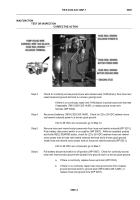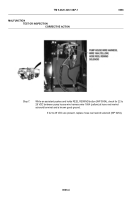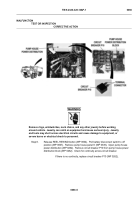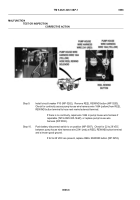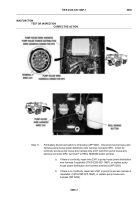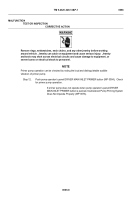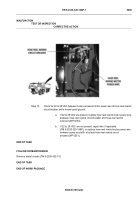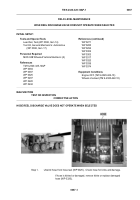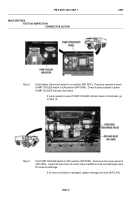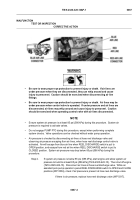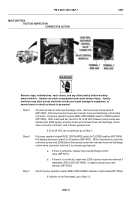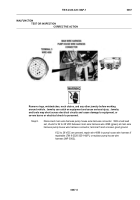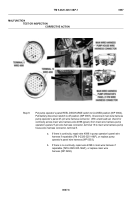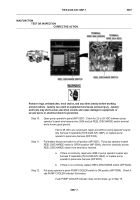TM-9-2320-328-13-P-1 - Page 583 of 1318
TM 9-2320-328-13&P-1
0067-3
DRAFT
0067
HWT0656
WARNING
ICON 26,66
•
Be sure to wear proper eye protection to prevent injury or death.
If air lines are
under pressure when they are disconnected, they can whip around and cause
injury to personnel.
Caution should be exercised when disconnecting air line
fittings.
•
Be sure to wear proper eye protection to prevent injury or death.
Air lines may be
under pressure when control valve is operated.
If under pressure and air lines are
disconnected, air lines may whip around and cause injury to personnel.
Caution
should be exercised when operating control valve with air lines disconnected.
NOTE
•
Ensure system air pressure is at least 85 psi (586 kPa) during this procedure.
System air
pressure is required to activate valves.
•
Do not engage PUMP PTO during this procedure, except when performing complete
system checks.
Valve operations can be checked without water pump operation.
•
Air pressure is checked by disconnecting air lines at hose reel discharge valve and
observing air pressure escaping from air lines, when hose reel discharge control valve is
activated.
Air will escape from blue air line when REEL DISCHARGE switch is put to
OPEN position, and escape from red air line when REEL DISCHARGE switch is put to
CLOSED position.
System air pressure may drop below 85 psi (586 kPa) during this
procedure.
Step 4.
If system air pressure is below 85 psi (586 kPa), start engine and allow system air
pressure to build to at least 85 psi (586 kPa) (TM 9-2320-422-10).
Then shut off engine
(TM 9-2320-422-10).
Disconnect air lines at hose reel discharge valve.
While an
assistant puts pump operator’s panel REEL DISCHARGE switch to OPEN and CLOSE
positions (WP 0004), check if air pressure is present at hose reel discharge valve.
If there is air pressure, replace hose reel discharge valve (WP 0317).
MALFUNCTION
TEST OR INSPECTION
CORRECTIVE ACTION
Back to Top

